Translation of Ceramic Inscriptions under the Background of Chinese Culture "Going Global"
DOI: 10.23977/langl.2024.070715 | Downloads: 31 | Views: 1128
Author(s)
Lun Wang 1, Wanxia Mei 1
Affiliation(s)
1 Jingdezhen Ceramic University, Jingdezhen, Jiangxi, China
Corresponding Author
Lun WangABSTRACT
Against the background of Chinese culture "Going Global", the English translation of ceramics has aroused wide attention and hot discussion, mainly involving ceramic classics, decoration, names of utensils, kiln names, ceramic inscription, folk words and so on. Ceramic inscription is an important part of ceramic decoration, which is influenced by the ceramic style, aesthetic standards and political culture in its production era. However, ceramic inscription contains profound Chinese cultural connotation, and it is difficult to be translated into English perfectly, which requires translators to have solid ceramic background knowledge and profound bilingual ability. To do a good job in the dissemination of ceramic culture and enhance the confidence of national culture, the primary task of a ceramic translator is to do a good job in translation to spread Chinese culture, to publicize China's excellent ceramic culture through high-quality translation and cross-cultural exchanges, and to promote the diversified development of the traditional Chinese ceramic culture in the global scope.
KEYWORDS
Ceramic Inscription; Translation; Spread of Chinese CultureCITE THIS PAPER
Lun Wang, Wanxia Mei, Translation of Ceramic Inscriptions under the Background of Chinese Culture "Going Global". Lecture Notes on Language and Literature (2024) Vol. 7: 98-103. DOI: http://dx.doi.org/10.23977/langl.2024.070715.
REFERENCES
[1] Hobson R L, Sir Percival David B. A Catalogue of Chinese Pottery and Porcelain in the Collection of Sir Percival David. London: The Stourton Press, 1934.
[2] Hu Wei, Liu Xinhong. Translation Strategies for the External Dissemination of Chinese Ceramic Culture. Time Report, 2021, (30): 84-85.
[3] Sayer, Geoffrey (Trans. and ed.). T'ao Ya or Pottery Refinements. London: Routledge & Kegan Paul, 1959:13-14, 76.
[4] Liu Jiaqian, Lu Junyu. Research on English Translation of Ming and Qing Ceramics Based on Corpus. Chinese Technology Translation, 2023, 36(4): 32-39.
[5] Lin Sang. A Study on the English Translation of Inscriptions in Ceramic Classics: A Case Study of the "Catalogue of Chinese Ceramics". Modern English, 2024,(02):118-120.
[6] Li Chili, Liu Yu. Characteristic Analysis of High-influence Literature on Negative Motivation in 2009-2018. English Teacher, 2019, 19 (8): 17-21.
[7] Liu Jiaqian. The Creation and Application of the Ceramic English-Chinese Parallel Corpus. Jiangsu Ceramics, 2023, 56(03):11-13+16.
| Downloads: | 48694 |
|---|---|
| Visits: | 925573 |
Sponsors, Associates, and Links
-
Journal of Language Testing & Assessment
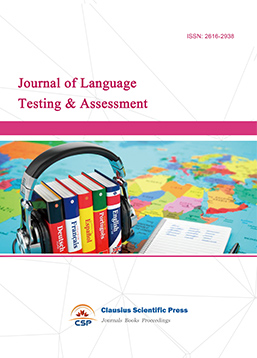
-
Information and Knowledge Management
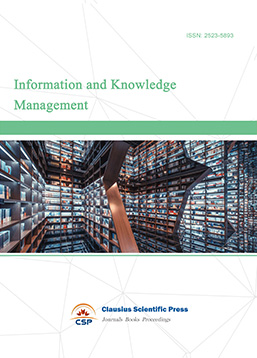
-
Military and Armament Science
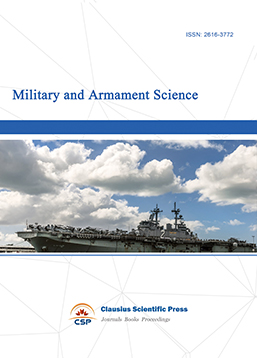
-
Media and Communication Research
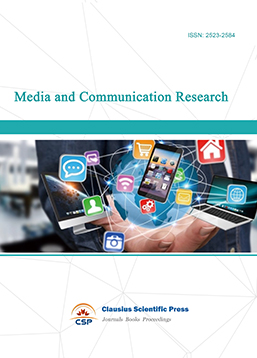
-
Journal of Human Movement Science
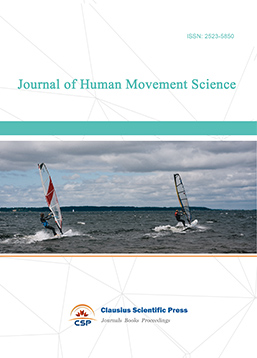
-
Art and Performance Letters
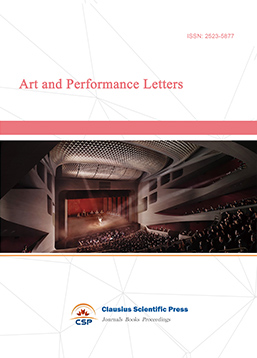
-
Lecture Notes on History
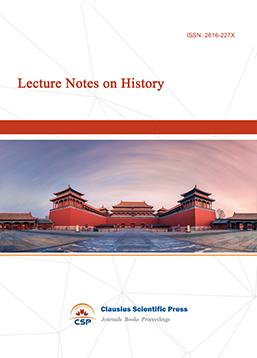
-
Philosophy Journal
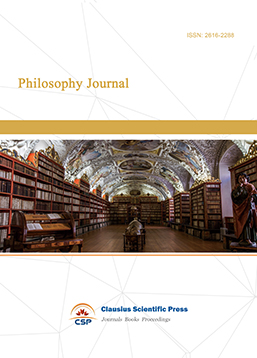
-
Science of Law Journal
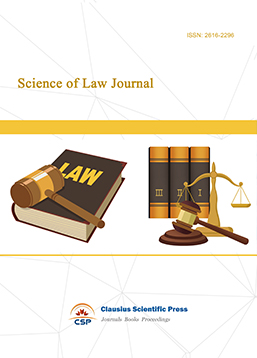
-
Journal of Political Science Research
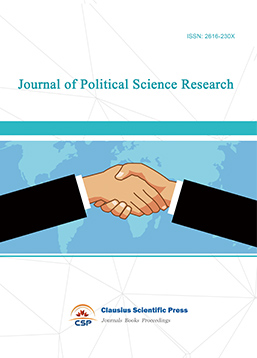
-
Journal of Sociology and Ethnology
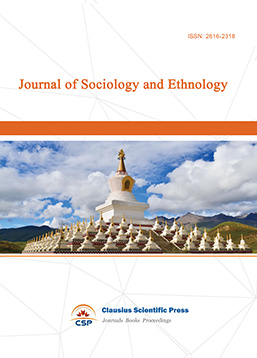
-
Advances in Broadcasting


 Download as PDF
Download as PDF